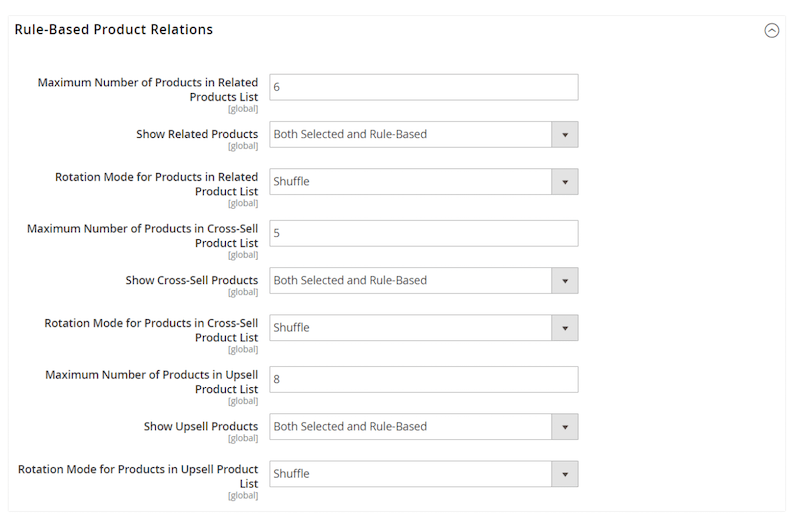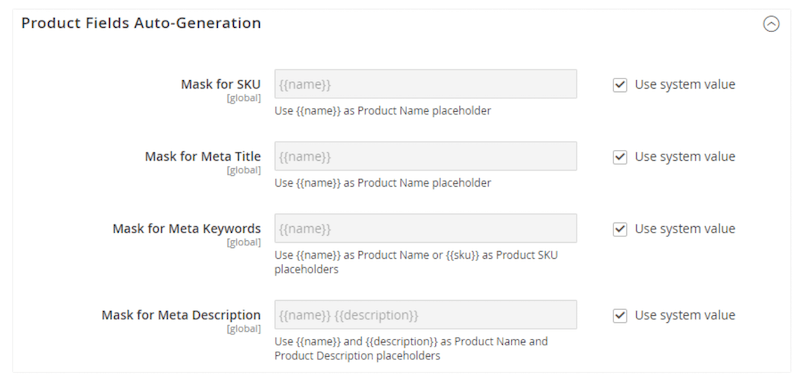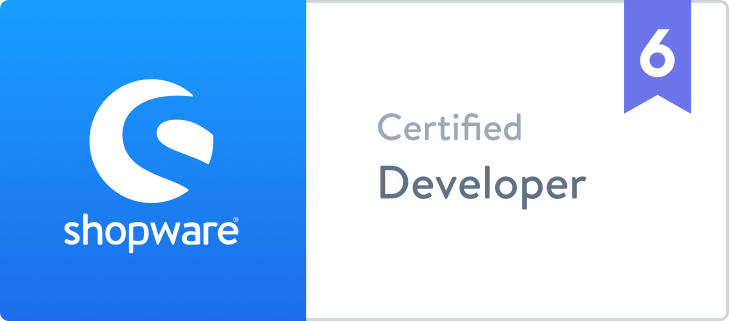
Basic M2 Magento SEO Implementation Tips
As seen in the previous article on the three C’s. These are basic Magento SEO tips and how they are implemented within each category. Magento 2 supports on-page SEO. You can find most of the Magento search engine optimization tools within ‘Marketing – SEO & Search" on M2. There are helpful SEO extensions available for M2 as well.
Content
Quality content is vital for ranking organically. There are other optimizations within content that need to be done as well. For example, internal linking. Internal links help SEO by showing search engines the relationship between pages and it helps users navigate the website.
These relationships can be created through Product or Category linking to a blog post and vice versa. OR it could on a product page where it has ‘related products.’
 (https://docs.magento.com/m2/ee/user_guide/marketing/product-related-rules-configure.html)
(https://docs.magento.com/m2/ee/user_guide/marketing/product-related-rules-configure.html)
Code
Title Tags
In Magento, the default auto-generation product title tags function is helpful when having a site full of products. However, there are limitations to the default setting, such as automation only allows three placeholders IE: {{name}}, {{description}} or {{sku}} for the meta information. It also only works at a global level and it does not automatically change tags for existing products that may change. For example, adding a ‘coming-soon’ product would have to be manually updated to not have 'coming soon’ in a title tag.
Catalog → Product → Choose a product → Search Engine Optimization
 (https://docs.magento.com/m2/ee/user_guide/catalog/product-fields-autogenerated.html)
(https://docs.magento.com/m2/ee/user_guide/catalog/product-fields-autogenerated.html)
We want to make sure these product pages are optimized with unique and relevant longtail keywords. Manually updating products is not always feasible so using extensions are valuable in this case. For example, Mageplaza has an SEO extension for customizing Meta Data.
Canonical tags
When it comes to making sure duplicate content is avoided canonical tags are needed. We want to make sure canonical tags are set up appropriately. This can be done as shown below. The Canonical Link Meta Tags for Categories and Product needs to be set to Yes.
Stores → Settings → Configuration
In the left panel, expand Catalog and choose Catalog underneath.
Expand Expansion selector the Search Engine Optimization section.
 (https://docs.magento.com/m2/ce/user_guide/marketing/meta-canonical.html)
(https://docs.magento.com/m2/ce/user_guide/marketing/meta-canonical.html)
XML sitemap
Sitemaps are important to establish hierarchy of the site and show Google importance of each page. To correctly implement, the Magento 2 sitemap must be updated as much as the content on the site is updated. The below snippet is how to create an sitemap.xml, as well as a robots.txt file.
Stores → Configuration → Catalog → XML Sitemap
In Generation Settings: Enable: Yes
Search Engine Submission Settings set Enable Submission to Robots.txt to Yes
(https://docs.magento.com/m2/ce/user_guide/marketing/sitemap-xml.html)
URL Rewrites
It’s very important that url rewrites are created in Magento as the default set is ‘Yes’ for Store Code. It’s best practice for urls to not have any store codes present as having actual keywords are beneficial for website rankings.
URLs: Store → Configuration → General → Web → URL Options, and then set Add Store Code to URL to “No”.
To clean URLs phrases, in Search Engine Optimization section, turn Server URL Rewrites to “Yes”. The phrase “index.php” or “html” will be removed from your URLs as well.
(https://docs.magento.com/m2/ce/user_guide/marketing/url-redirect-product-automatic.html)
Credibility
It is vital to always update your Magento website to the latest version as new releases have new SEO enhancements, bug fixes, and security. All of this pertains to best practices with ranking well online.
Reviews
Ratings from fellow users give consumers a sense of trust of not only the brand but the product. This can be essential for whether a product is purchased or not. Reviews offer extra valuable content for your website and also increases CTR as they are normally higher on search rankings than pages that do not reviews. See below to enable product reviews on M2.
Stores → Settings → Configuration.
In the left panel, expand Catalog and select Catalog underneath.
Expand Expansion selector the Product Reviews section.
Set Enabled to Yes.
This is the default setting. Set Allow Guests to Write Reviews to Yes.
This is the default setting.
When complete, click Save Config.
(https://docs.magento.com/m2/ce/user_guide/marketing/magento-product-reviews-config.html)
Please contact our team with any questions or if you would like to learn more about our services!











